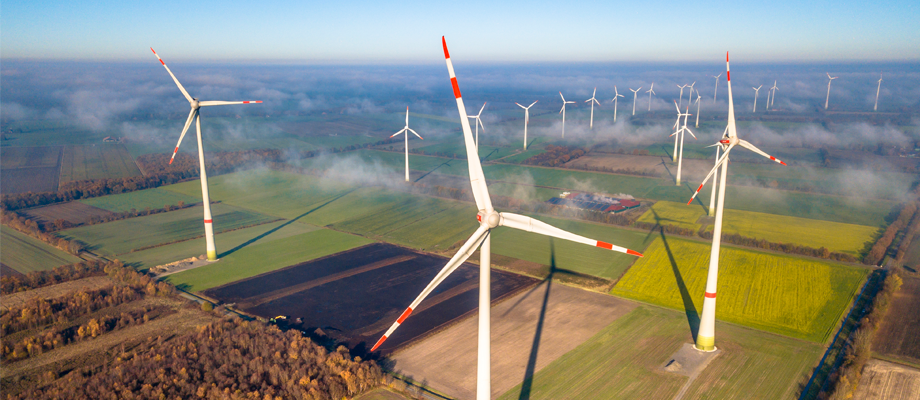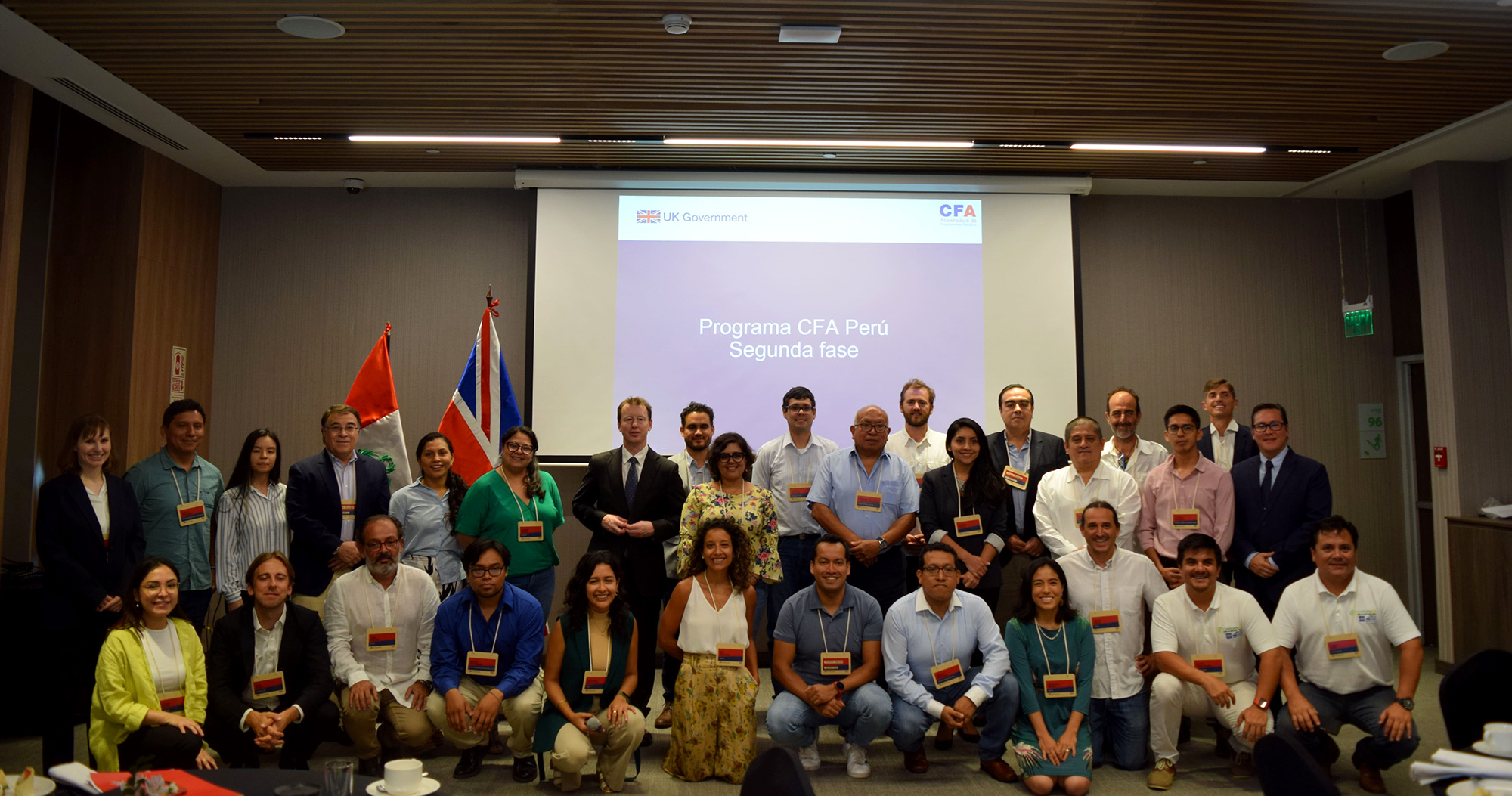Investment opportunities for decarbonization in Argentina, Brazil and Peru

Written by Alexis Echevarría y Stefanía Sibille / Libélula
In order to achieve financing for the decarbonization of Latin America by 2050 as required by the Paris Agreement, it is important to identify low-carbon investment opportunities in priority sectors in each country, so that financial actors can direct their capital and generate clear strategies to catalyze the necessary resources. In this sense, the DecarBOOST project has identified and created a portfolio of investment opportunities that promote the decarbonization of economies in priority sectors in Argentina, Brazil and Peru.
The DecarBOOST project started in 2020 and was extended until the end of the first quarter of 2023. It aims to support three Latin American countries: Argentina, Brazil and Peru, to catalyze the transition to a low-carbon society and promote investments consistent with resilient development.
In the region, sectors such as energy, transportation, USCUSS and industry are those that will have the greatest impact on emissions reduction, and will require greater climate investments to generate the required transformation. Therefore, in all 3 countries, opportunities are directed towards these sectors. The DecarBOOST project has identified a total of twenty low-carbon investment opportunities, six for Argentina, nine for Brazil and five for Peru.
Climate investment and development
In the case of Argentina, Of the three prioritized sectors (energy, transportation and USCUSS), six investment opportunities were identified; three corresponding to the energy and transportation sectors as a whole and three corresponding to the USCUSS sector.
According to the latest greenhouse gas (GHG) inventory, energy accounts for 51.3% of Argentina's GHG emissions, with a cumulative annual growth rate of 1.3% in the last decade. Decarbonization of the energy sector requires actions that influence, broadly speaking, two variables: the energy intensity of the national economy and the GHG intensity of energy consumption.
Another important fact is that according to the third national GHG inventory (2016), the AFOLU sector accounted for 37% of the total in Argentina. The mitigation actions proposed for the sector focus on: extensive agriculture, livestock production and planted forests.
In the case of Brazil, Five sectors (energy, transportation, USCUSS, industry and waste) were selected to analyze mitigation opportunities in each sector. Nine investment opportunities were identified, two for each, with the exception of the energy sector, where one additional investment opportunity was recognized.
The assessment of opportunities in Brazil is based on mitigation scenario modeling studies that consider economic and social implications.
In the case of Peru, In order to prioritize investment opportunities, green economic recovery was selected as a cross-cutting theme, with emphasis on three areas (transportation, energy and finance). In this line, five opportunities were identified to encourage low-emission investments in the private sector; three related to renewable energy, one related to carbon pricing and the last one corresponding to telework.
The green economic recovery in Peru is understood as an economic recovery in the context of climate change that takes into account the lessons learned from the COVID-19 pandemic crisis, which will make it possible to reduce emissions and promote actions for the decarbonization of its economy.
Decarbonization to create new markets
Low-carbon investment opportunities have been identified through dialogues with key stakeholders from government, the private sector, academia and civil society, and further developed through the development of a specific technical and economic feasibility analysis by DecarBOOST partners.
These opportunities aim to mitigate the economies of the three countries by presenting data on two key aspects: mitigation potential and investment cost. Furthermore, these opportunities have been identified not only for existing markets, but also for creating new markets.
The investment proposals provide the necessary information to know where to invest as a priority and how to finance those priorities. It is important to highlight that the joint effort of the public and private sectors is essential to support the investment opportunities identified in the framework of the DecarBOOST project and required for decarbonization in the economies of Argentina, Brazil and Peru.
For more information about DecarBOOST, please visit the web.
For more information on investment opportunities, click here. video.
← Previous
Next →
Stay up to date
Receive a summary of the most relevant news about companies and sustainability. Every month, free of charge!


